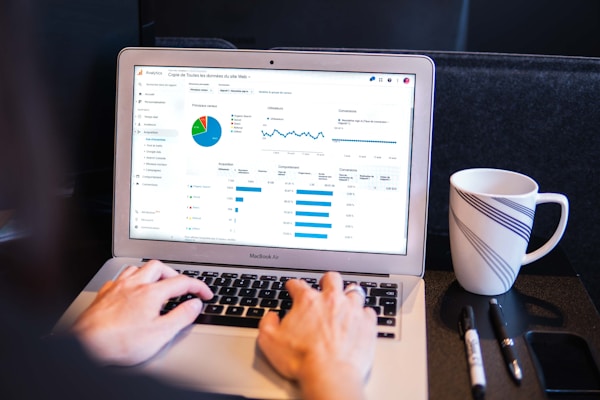As organizations strive to make sense of the ever-growing volumes of data, they are turning to big data solutions. But what is big data, and how can it be effectively managed? In this article, we will explore the impact of big data on management information systems. We will discuss big data’s opportunities and how organizations can make the most of it.
What is big data?

Big data is the collection and analysis of large and varied data sets. The term often refers to data mining, predictive analytics, and data science to extract insights from data. Big data has been around for a while, but it didn’t become popular until the 21st century. This is because the technology needed to handle big data (such as powerful computers and data storage) was unavailable until recently. Big data also affects management information systems (MIS).
If you are interested in learning more about big data and its effect on management information systems, consider enrolling in an online MIS masters program. A management information systems program will teach you how to manage and use information technology to support business operations. You will learn how to design, develop, and implement information systems and more about business analysis, requirements gathering, systems design, and database design and administration.
What are management information systems (MIS)?

A management information system (MIS) is a computer-based system that collects, organizes, and distributes information to managers in a business or other organization. The purpose of an MIS is to help managers make better decisions by providing them with timely, accurate, and relevant information. An MIS typically includes a variety of subsystems, including a data-collection subsystem, a data-processing subsystem, and a data-distribution subsystem. The data-collection subsystem gathers data from various sources, such as financial records, sales data, production data, and customer surveys. The data-processing subsystem cleans and organizes the data, preparing it for analysis. The data-distribution subsystem disseminates information to managers through reports, graphs, and other visual aids.
How has big data impacted MIS?
Big data has completely revolutionized the world of management information systems (MIS). The sheer scale and diversity of big data mean businesses can now use it to gain an unprecedented understanding of their customers, operations, and markets. This, in turn, has led to the development of new and innovative MIS architectures and tools that can handle the vast amounts of data being generated every day. Perhaps the most critical impact of big data on MIS has been decision-making.
With the ability to analyze data at scale, businesses can now make better-informed decisions based on a complete understanding of their operations and customers. For example, a retailer can use big data to analyze customer buying patterns and trends to identify new product opportunities, or a bank can use it to detect fraudulent activity.
How is big data collected?
There are a variety of ways that big data can be collected. One way is through data harvesting, which is the process of extracting large amounts of data from one or more sources, typically automatically. It is a form of data analysis that is often used in business intelligence and analytics. Data harvesting can be used to collect data from text files, spreadsheets, databases, and web pages. Another way big data can be collected is through data mining.
Data mining is the process of analyzing data to find patterns and correlations. Data mining can be used to find relationships in data that would not be obvious otherwise. There are a number of different techniques that can be used for data mining. Some of these techniques include clustering, association rules, neural networks, or regression. Big data can also be collected through social media.
This can be done by extracting data from social media sites or by tracking activity on social media sites. Finally, big data can be collected through the use of sensors. Sensors can be used to collect data from a variety of sources, including the environment, people, and machines.
FAQs about Big Data’s Impact on Management Information Systems
1. What is big data?
Big data refers to the collection and analysis of large and varied data sets, often involving data mining, predictive analytics, and data science. It encompasses technologies and techniques used to extract insights from vast volumes of data, which have become more feasible with advancements in computing and storage technology.
2. What are management information systems (MIS)?
Management Information Systems (MIS) are computer-based systems that gather, organize, and distribute information to support managerial decision-making within organizations. MIS typically include subsystems for data collection, processing, and distribution, aiding managers with timely and relevant information for effective decision-making.
3. How has big data impacted MIS?
Big data has revolutionized MIS by providing businesses with unprecedented insights into their operations, customers, and markets. This has led to the development of new MIS architectures and tools capable of handling large data volumes. Big data enables better-informed decision-making by allowing businesses to analyze data at scale, identifying patterns and trends that inform strategic decisions.
4. How is big data collected?
Big data can be collected through various methods, including data harvesting, data mining, social media analysis, and sensor data collection. Data harvesting involves extracting large amounts of data from multiple sources, while data mining involves analyzing data to uncover patterns and correlations. Social media analysis involves extracting data from social media platforms, and sensor data collection involves gathering data from environmental, human, and machine sources.





